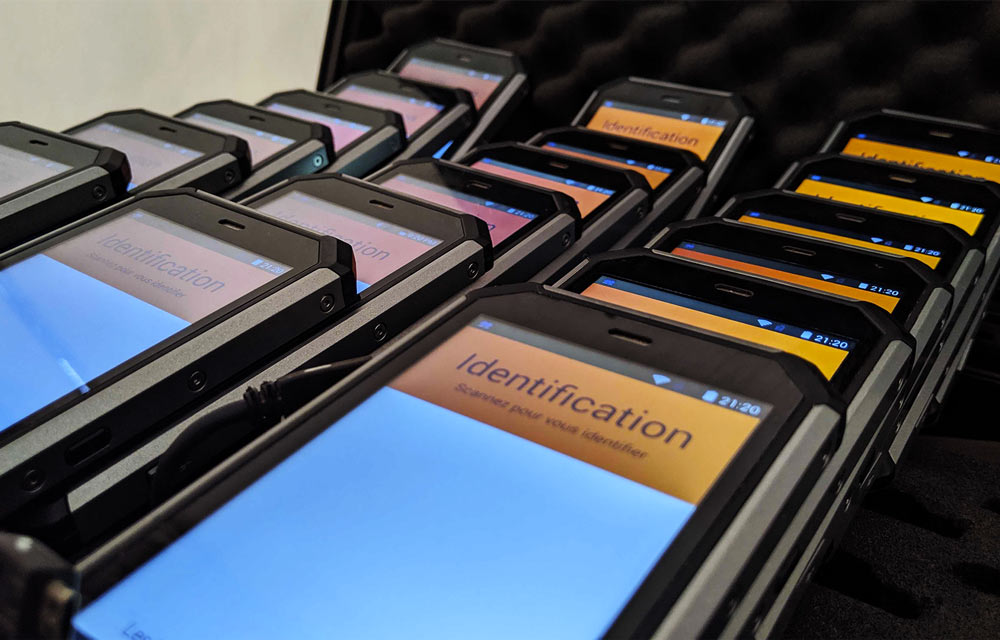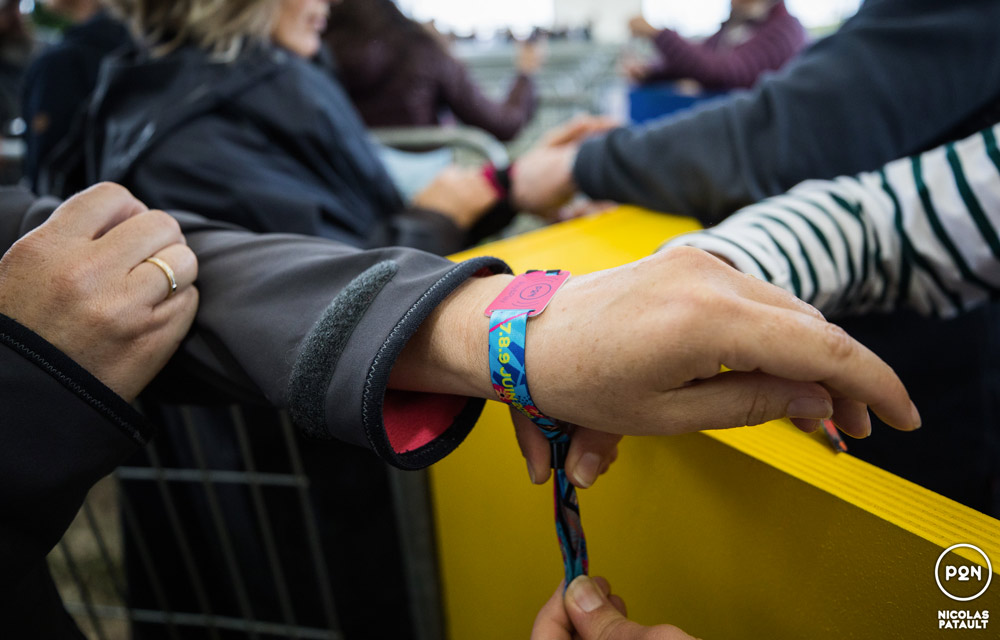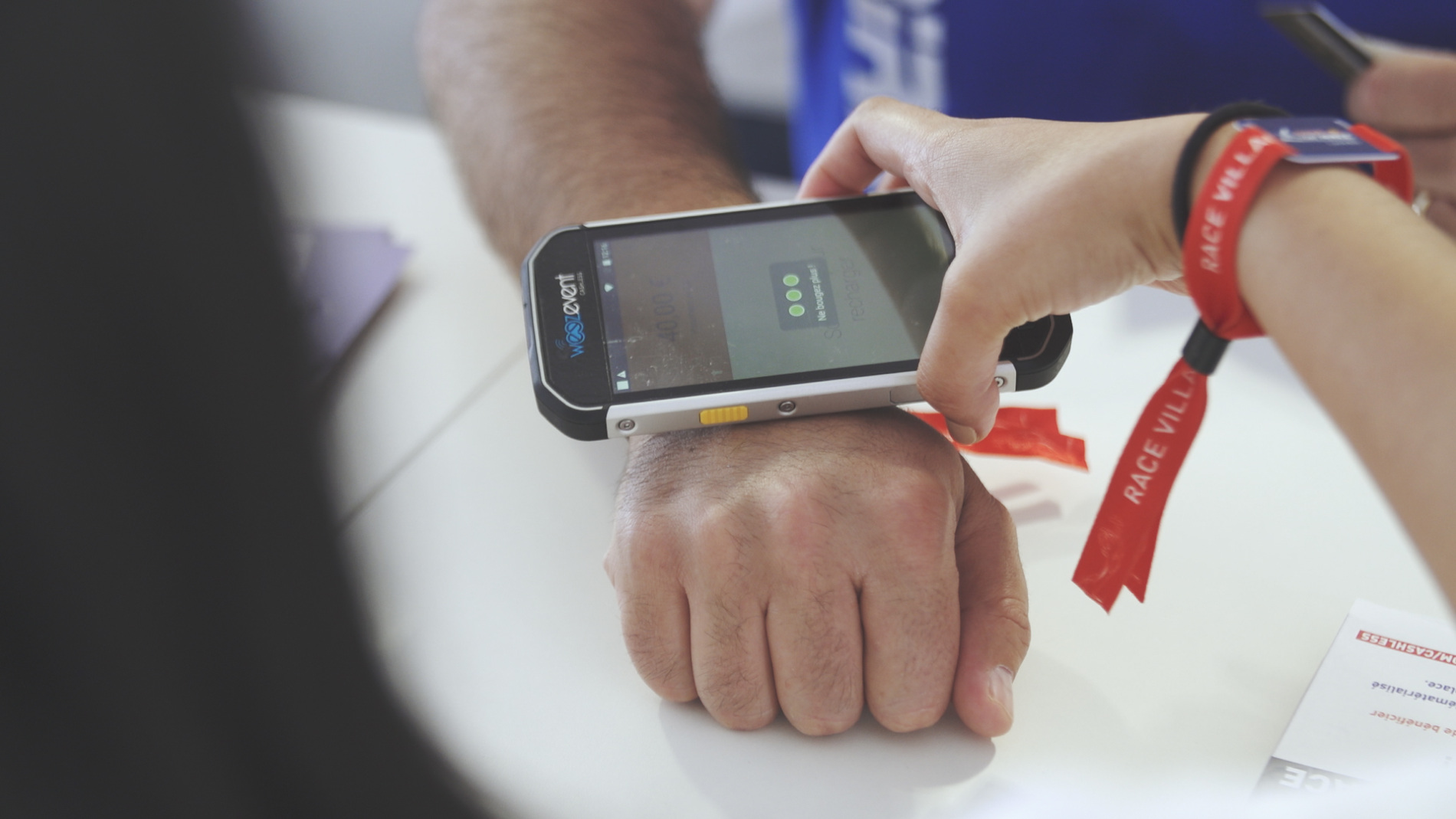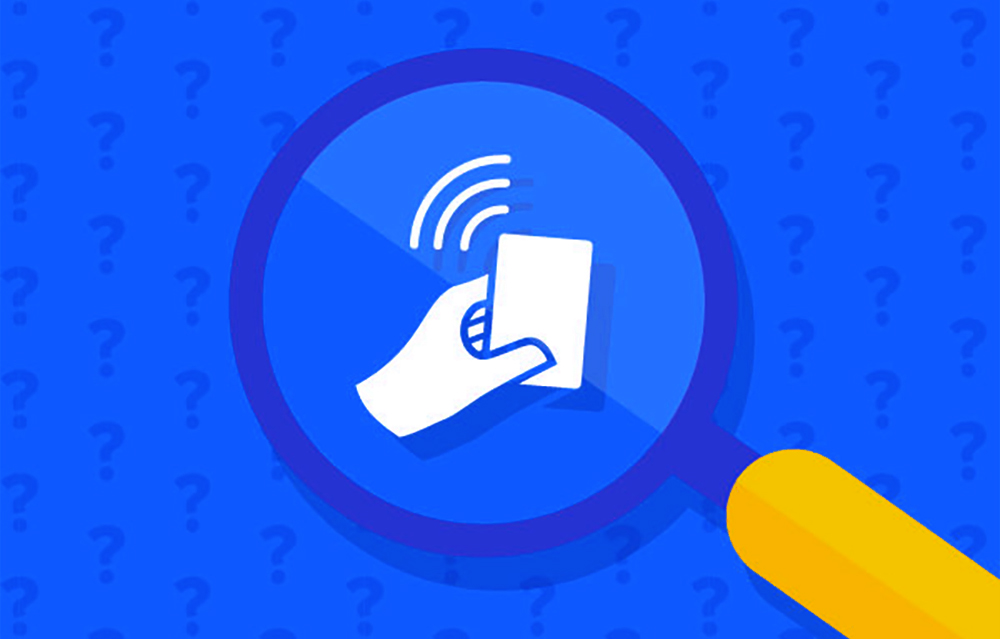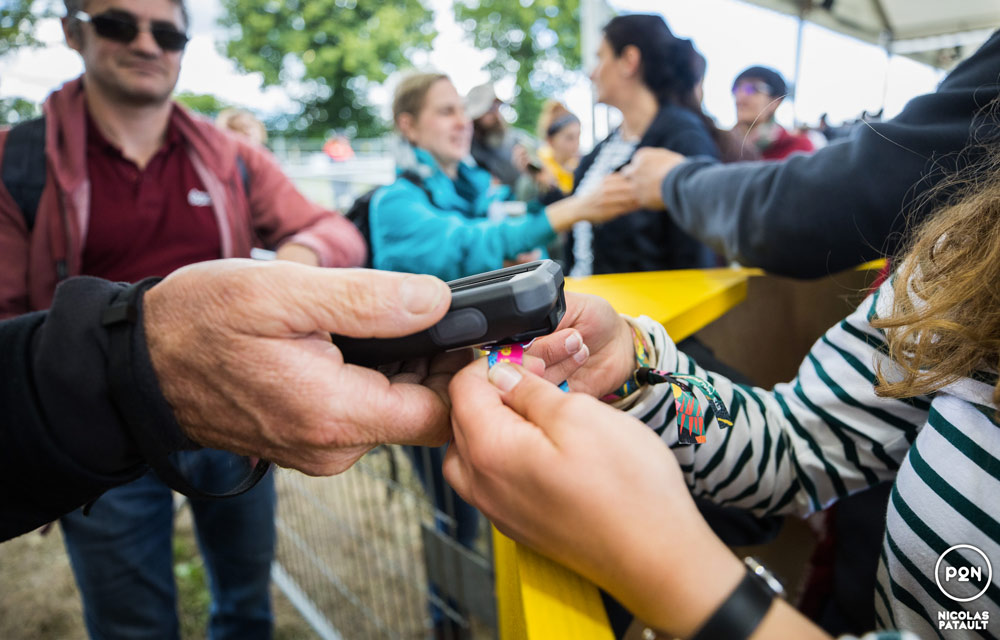- Open-up and get inspiration
- Hone your communication with your audience
- Addressing concerns and training the team
- Acquire good habits during the operation
- Be careful of fake savings
1. Open-up and get inspiration
Roll-out of a cashless payment system has many milestones. Considering that each event is different, with its own specificities, it is critical to get inspiration from others to fuel your reflection and select only the best.
Numerous events have now gone cashless and each one had their own way to do so, depending on the scope, the type of audience, the implementation, the background, the values of the company, etc. Numerous good ideas are there for the taking while others are to be avoided at all cost.
Networking, asking colleagues for their feedback and advice is the best start to any cashless project. Event managers having already used a cashless payment system are best placed to talk about it.
2. Hone your communication with your audience
As for any important change, communication is key when cashless payment is implemented. The reasons must be explained as well as the benefits and most of all, how it works.
Public communication should ideally start two months ahead of the event. For your first communication on the topic, you should provide your audience with an overview of how the system works: card or wristband, activation fees or not, online top-up or not, timeline to ask for refunds, even a map of the site with the useful areas (info desks, kiosks, bars and restaurants, NFC partner booths, etc.).
You also need to make the audience want to use it by stating the direct benefits they will enjoy. The people who top-up online before the event will receive their pre-loaded card or wristband at the entrance and will therefore skip the banking kiosks.
To motivate attendees to create a cashless account ahead of time, it is possible to set up an incentive. For instance, £5 will be offered to the first 1,000 top-ups. However, the argument of reduced waiting times is often enough to motivate your audience.
The refund process is also a source of concern. It is important to communicate clearly on the refund method from the start. Obviously, this also needs to be simple and quick. If refunds are complex (e.g. Mandatory creation of a PayPal account, deposit on third part website, very short timelines, etc.) this will be perceived as an obstacle.
Finally, you should not hesitate to communicate on the reliability and the safety of the system. Some attendees are concerned about theft. You should therefore explain that it is possible to block the cashless device to avoid a fraudulent use, or that the wristband lowers the risk of loss as compared to a bank card, etc.
3. Addressing concerns and training the team
It can happen that some members of the organisation are reluctant to the introduction of a cashless payment system, for a variety of reasons: fear of new technologies, lack of interest, change of working habits, investment perceived as unjustified, fear for their job, etc.
Actually, it is often due to poor knowledge and lack of information. These concerns can easily be addressed by training your team and explaining how the device operates.
Setting up several training sessions ahead of the event is often good practice at all levels of the organisation. Use of point of sale systems is quite simple but it is important to explain it to the members of staff so that they are reassured ahead of their shift on the day.
In the same way, trainings must be carried out with management teams so that they can become familiar with the interface. That way, your users can ask their questions in a calm environment ahead of time. Do not wait for the day of the event to answer their questions.
It is in fact interesting to observe that, quite often, detractors become ambassadors of the cashless payment system after the event.
4. Acquire good habits during the operation
Planning and internal communication are two pillars of success in the implementation of a cashless payment system.
The implementation of the devices must be realistic and systematic. Rolling out hundreds of devices in a few minutes is unrealistic, it is advised to set up a pick-up point (or “store”). Similar to the pick-up of walkie-talkies, each team manager picks up his/her team’s devices and brings them back at the end of each day. This enables accountability of the teams, and to ensure that the devices are on site at the right moment. It also creates a location where the staff can meet the system providers in case of concerns or questions.
Internal communication is also an important element. It is not uncommon to edit procedure or to slightly change the device initially planned ahead of time. For everything to go as smoothly as possible, unit managers should automatically warn the rest of the organisation of any change. For instance, if the cashless devices are handed out at the entrance and that for a few minutes the entrance staff did not hand out NFC devices to attendees, the bar staff needs to be made aware as well as the kiosks so that they can react appropriately.
5. Be careful of fake savings
Savings are often perceived as positive but be careful not to put yourself in a dangerous position.
We have seen this before, roll-out of cashless payment system implies some indirect investment such as the implementation of a Wi-fi network and maybe implementation of new infrastructures for banking kiosks, and perhaps entrances.
While most cashless payment providers allow for offline use of their solution, it is often at the expense of the user experience, and doing without it can be a poor calculation at the end of the day. Because without Internet, there can be no online top-ups or purchase tracking in the event’s app for attendees, no sales tracking in real time for the event manager, etc. The lack of network also means bigger queues at kiosks, and lower safety. Overall, offline the vital functions are working but you’re depriving yourself of the best benefits of cashless.
The same applies to the size of the kiosks and entrances. Be careful not to have too small a vision, especially for a first edition. Saving on a few people or a few meters of infrastructure at the expense of the user experience is often a bad move and a bad bet for the future.
To go further and find out more about cashless systems, download our free white paper here.
